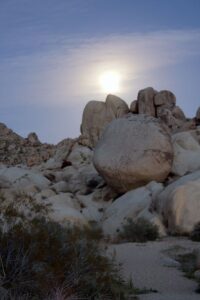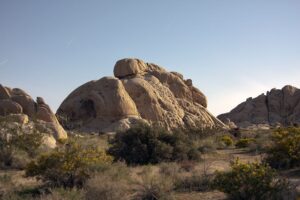Earlier this month I again went out to what has become a favorite location for photography of mine – Death Valley National Park. The goal was to once again work on low-light, night and long exposure techniques for the most part at night and do fun exploring and typical dawn, dusk and HDR work during the day.
The technique I was most focused on this time was exposure stacking, which is a Photoshop technique where a series of short-ish long exposures of the night sky are layered together to achieve the same visual effect as a single long exposure. The image below is the most successful example I have from the trip; a mesquite bush on a sand dune with a series of 60 20-second-long exposures to give a total exposure effect of 20 minutes. The mesquite bush was lit for a few minutes with a hand-held flashlight using a painting-with-light technique.
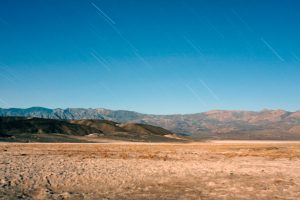
The stacking technique is superior to the single long exposure technique for me now for several reasons. First, the sky stays black since the 20 seconds at f4.5 and ISO 100 exposure used in this case is not enough to lighten the sky. Second, sensor noise does not build to a detectable degree with a 20 or 30 second exposure. I believe my workhorse Canon 40D may be getting “old” because it seems that longer (multi-minute) exposures are much noisier now than they were even 2 years ago.
This next photo is a late afternoon 3-image HDR shot looking east across the valley at the Amargosa Range from 6400 ft (2000 m) high Aguereberry Point in the Funeral Range very near Telescope Peak. This was a 6 mile improved gravel road drive that my 2005 Camry was able to do, much to my surprise and delight. I arrived at the overlook about an hour or so before the sun dropped below the Sierras and Panamint Ranges and I was able to get a few panoramas and HDRs of the views.
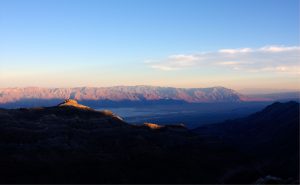
Another site visited was Trona Pinnacles, which I visited on the drive out to the park. Trona Pinnacles is in the California Desert National Conservation Area and is an unusual set of tufa formations. They have been the site of many film and advertising shoots and are unusual looking. They were formed from between 10 000 and 100 000 years ago, when the area was a large Pleistocene Era lake.
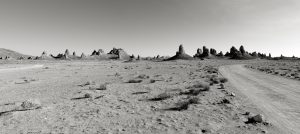
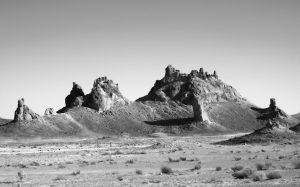
I have an album of photos from this Death Valley trip in my photo gallery immediately next to the Anza Borrego night sky photo.
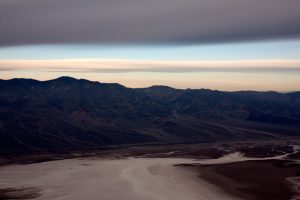
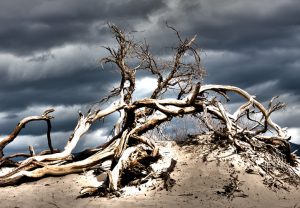
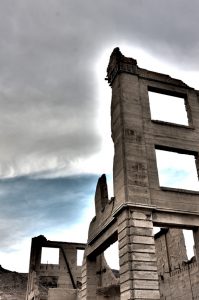
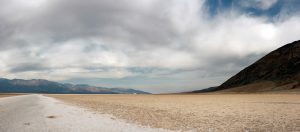
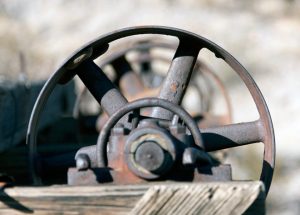
 Setting Up and Weather
Setting Up and Weather